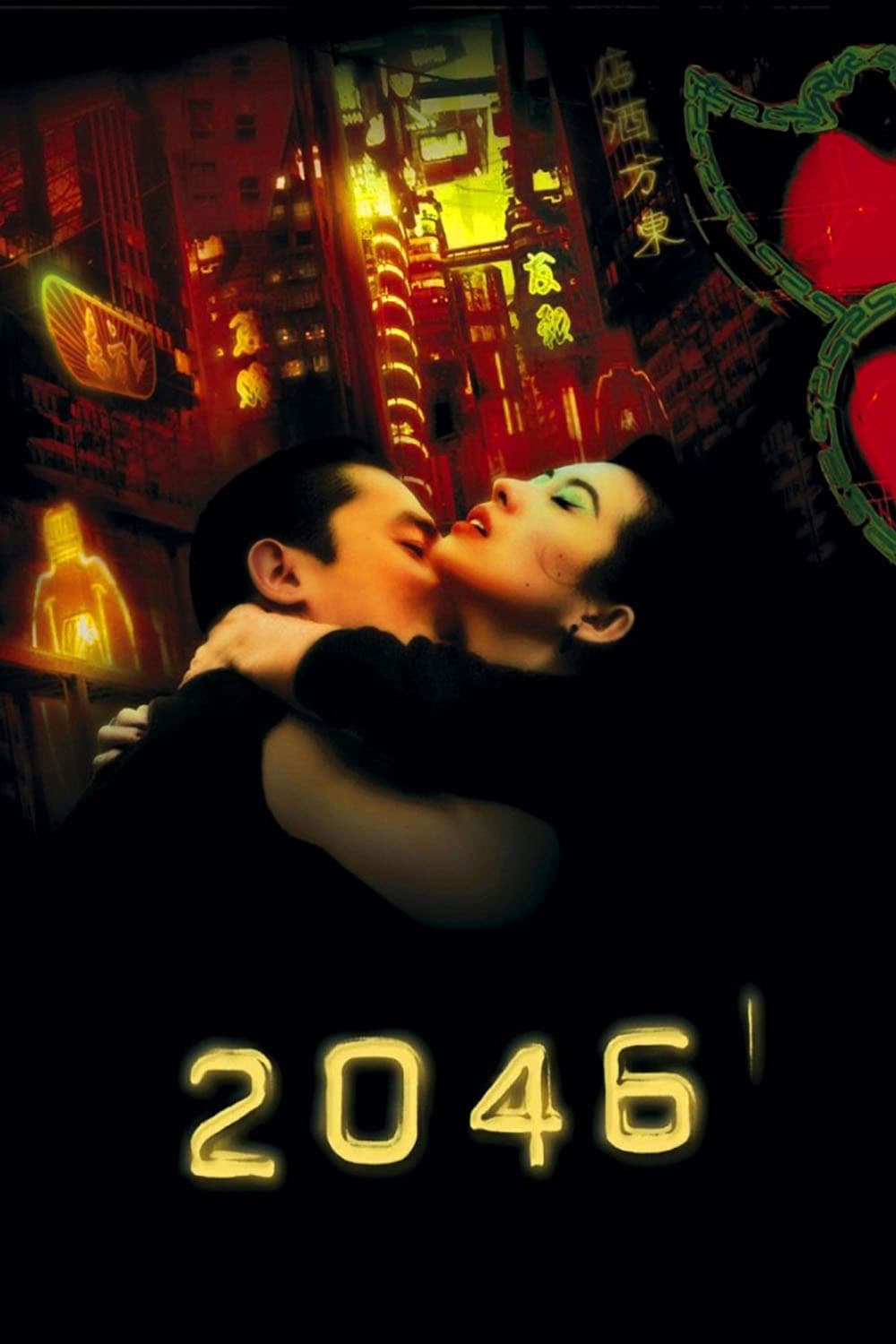
Women enter and exit a science fiction author's life over the course of a few years after the author loses the woman he considers his one true love.
25 Nov 2046 (2004)
Gloved Hand
If Welles, Tarkovsky and Kurosawa are the three past masters. Greenaway, Medem and Kar-Wai are the three greatest living filmmakers. All three weave incredibly deep and personal stories which bleed into the act of their creating the film. Each create striking images that resonate deeply, far beyond mere metaphor or exposition. Each worry about the tick of lost opportunity.
Each are dangerous filmmakers. Both have referenced life in a way that not only includes the reality of the cinematic container, but also their own past projects as part of that reality. In this case, we have not a mere continuation of “In the Mood,” we have a container about that container, a story that is about writing and the need to write “Mood” coming from the story written within “Mood.”
These parallels are multiplied infinitely so that many writers are writing many stories that sum up to where we live. Each writer, each story, each reality is drawn and extended and moulded and eventually ruined by love, indeed the inability to truly love — at least to love and write.
These projects aren’t stories, but meditations on the food of story-weaving, so they move — the several of them in this film — languorously. Before, he relied on repetition for layering; he also denoted the unframing of reality by having his camera drift from the subject. He was afraid to depict loneliness and the consummate joy of deep sex as partners in colour.
That’s all gone now. Now we have real encounters, not just longings. Now we have cameras that shift the frame in more creative ways; one almost gets the impression he did the whole project just to be able to explore and master the extremely wide palette he’s chosen here. The way shots are cropped so that the scope is more intimate is breathtaking.
And now we aren’t served up nuanced repetition. Each event is new. Each explains and opens more questions, while containing the same substance plot-wise. Each whispering in the hole is covered by another reality that spins the need for another whisper.
I have a list of films that everyone must experience — its not a matter of mere enrichment but a collective path through which one can become a real human. I restrict entries on that list to no more than two a year and no more than two by any one filmmaker.
This makes the list. Even if you aren’t in it for the explicit folding, or the consummate mood-building or even the lovely women, you have to appreciate this for its importance in the evolution of editing. How often to you see a film that competently innovates in how images are assembled? There are lots of composition effects I have never seen before, and I study a lot of movies — most of these you might not notice, which is the point. But there’s one scene where our hero has an important dinner with a former lover toward the end. The coincidence of images has increased to this point until we have an actual overlapping/sliding.
We now have a new way to dream.
Folding: the outer folds are by abstraction from the world, plus the previous film. Internally, as with “in the Mood”, it is by successive repetition. In between, we have the writer who has written the past but cannot see the present that we are in.
Posted in 2005
Ted’s Evaluation — 4 of 3: Every cineliterate person should experience this.


No Comments